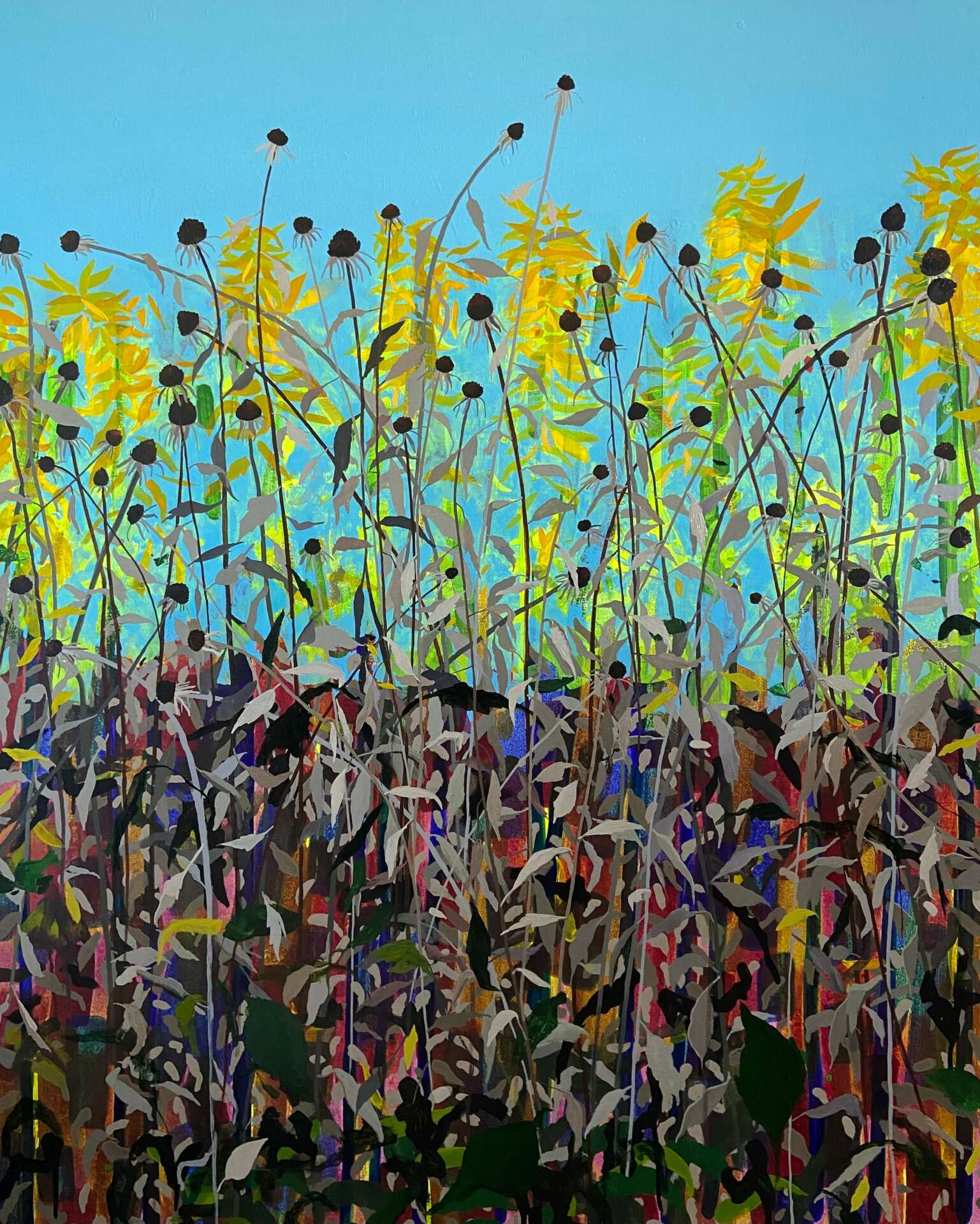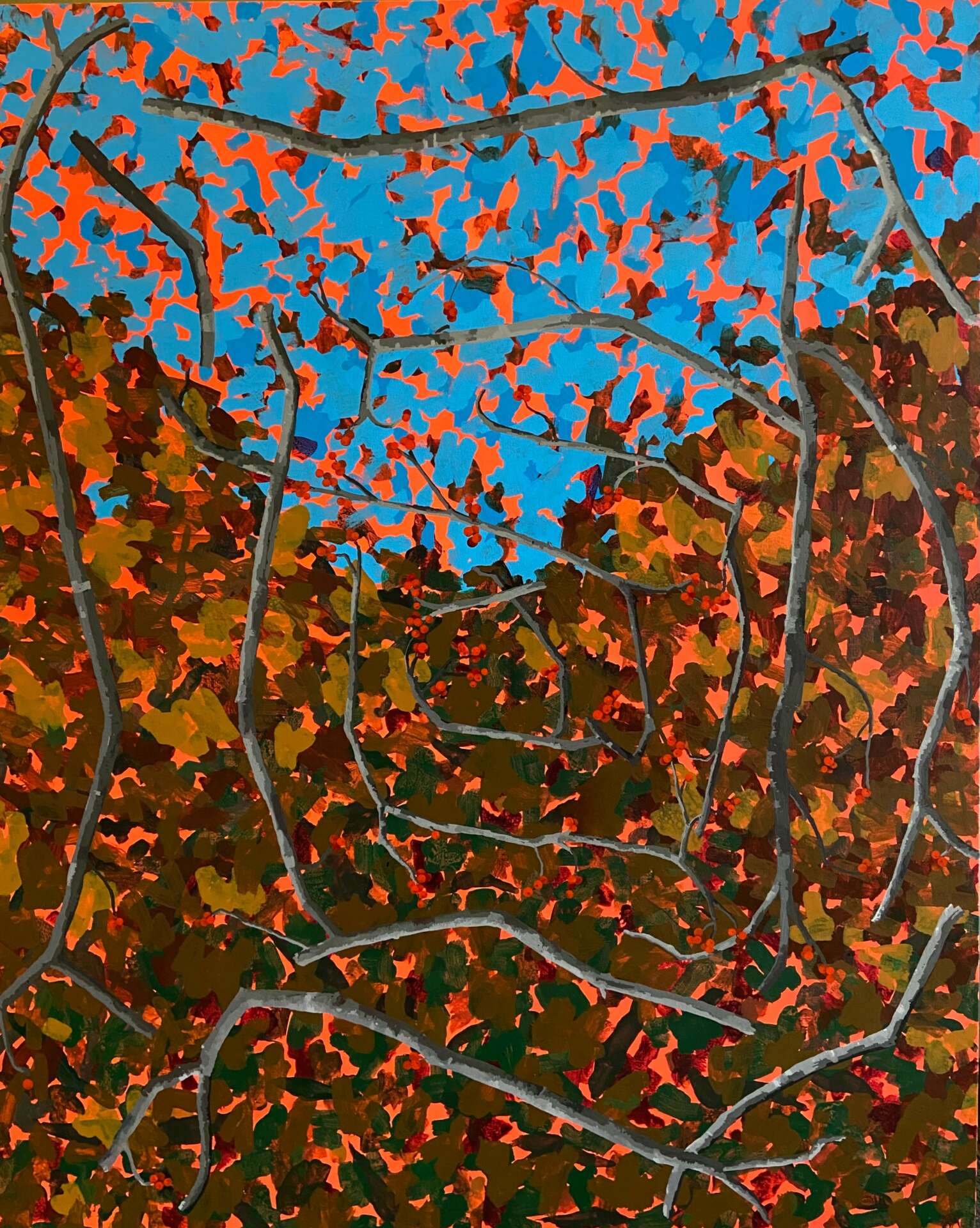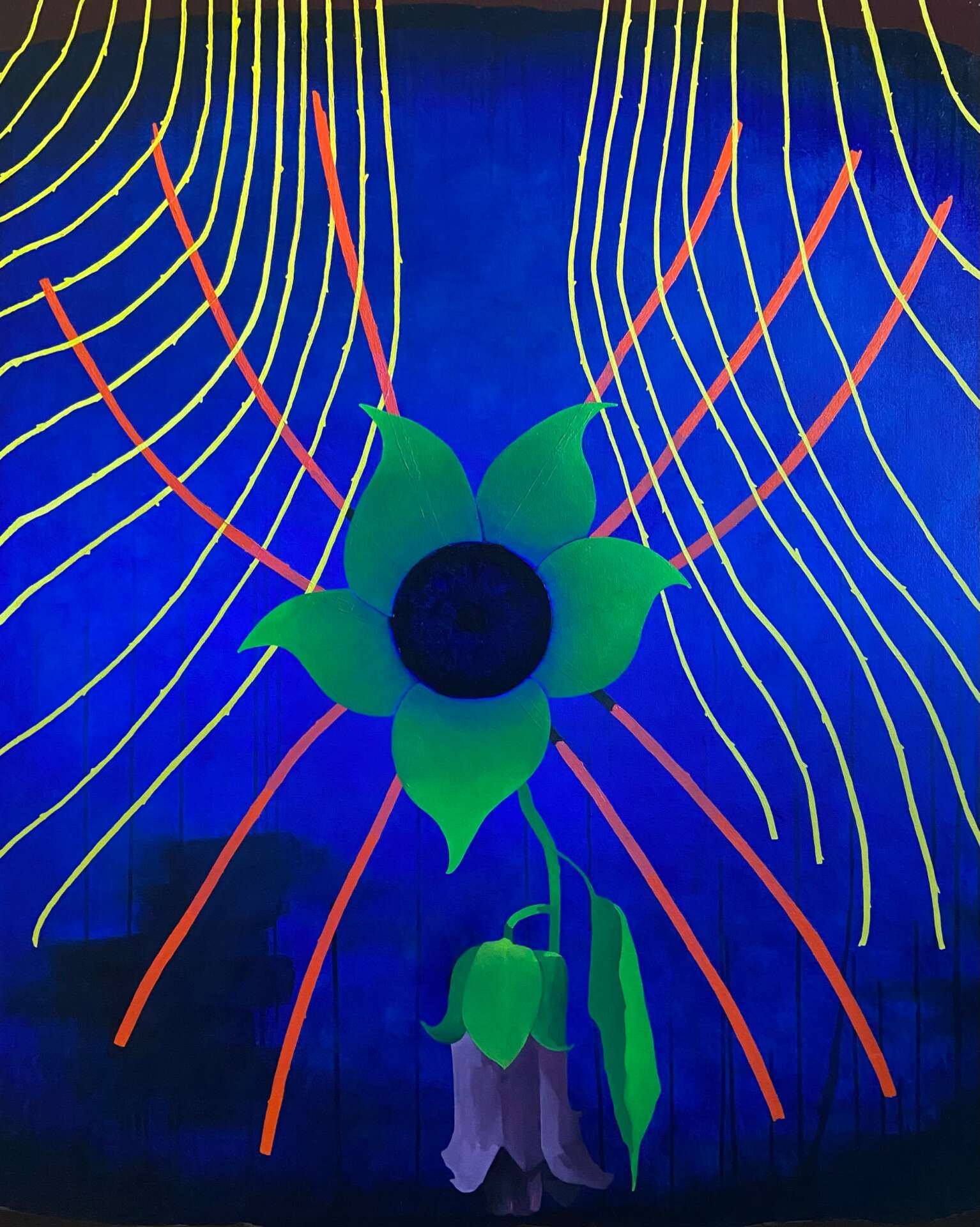Alright – so today we’ve got the honor of introducing you to Steven Wise. We think you’ll enjoy our conversation, we’ve shared it below.
Hi Steven, thanks for joining us today. We’d love to hear the backstory behind a risk you’ve taken – whether big or small, walk us through what it was like and how it ultimately turned out.
In June 2019, I changed my employment with the school system I work for so that I was only working Thursday, Friday, and Wednesday afternoon. Financially, this has been a big change. As a part-time employee, I am no longer eligible for group healthcare benefits. My overall income is significantly lower than it had been. To help make up the difference, I started teaching more regularly as an adjunct professor at the local community college, and I devoted more time to finding places to sell my art work. Three years later, I feel more grounded as an artist. My work has developed to another level that I am pleased to see. I have found more opportunities to sell my art. Yet, I have taken on a sizable amount of debt on credit cards to pay for medical expenses. This fall, I expect to see my work shown at a new art gallery where I live. If I don’t see an increase in sales from the past 3 years, I will have to make the hard decision to go back to work full-time or to continue to add debt. At 52 years old, I am committed to making art more than ever, and I don’t feel like I have the time to slow down my professional life just to be financially secure. I am happy with the decisions that I have made thus far. If I think about my finances, especially my savings for retirement, I can easily become pessimistic about my life goals. Committing time to make work as an artist is too important to me to give up for the luxury of having a more comfortable retirement. I am hopeful that things will work out for me in the end as long as I continue to develop as an artist.


Awesome – so before we get into the rest of our questions, can you briefly introduce yourself to our readers.
In 1991, I completed my undergraduate studies in Philadelphia at Swarthmore College with a degree in art history. I was preparing for a career in academia and had been accepted as a PhD candidate in several programs. I was less and less certain that this was the career that I really wanted to pursue. So in August of 1991, I deferred my enrollment and started painting full time supporting myself with part-time jobs as a waiter and as an employee at the Philadelphia Museum of Art. I spent 2 years painting and working, and ultimately decided that I wanted to be an artist and an art educator. In 1998 I earned an MFA in painting at the University of Iowa. I have been painting and teaching art ever since then. Some 30 years later, I am proud to realize that I never quit producing art. I have consistently devoted time to my studio and have exhibited my work during this time. I also devoted my time to my children. I am a father to 5 children (1 boy who is 27, and 4 girls who are 24, 16, 14, and 12). Teaching and parenting takes a lot of energy and time. I missed out on many opportunities as a professional artist because I never left home to pursue residencies or to travel to larger art markets. Raising kids and giving back to my community as an educator is very important to me.
For you, what’s the most rewarding aspect of being a creative?
One of the most rewarding parts of being an artist is the time you give yourself to be alone with your own thoughts and needs. Without studio time, I think I would be an anxious, stressed out person who is a tinderbox about to blow up. I am very grateful for all the time I have to dedicate to my own self-care. Another very rewarding aspect of being an artist is meeting other artists. The art community is a creative group of people with abundant personalities and amazing stories. Artists are fun people.


: Is there a particular goal or mission driving your creative journey?
My goal would be to never give up. I tell myself that I can never spend more than a month or two away from my studio. Going to the studio doesn’t always mean making art. Sometimes, studio time is organizing the space, making phone calls to friends who are artists, reading about art, and looking at art in books or on the internet. If you keep your mind engaged with your art, eventually you will find the energy and desire to make something.
Contact Info:
- Website: www.stevenfwise.com
- Instagram: @alphabetaprojects
Image Credits
All photos are by Steven F Wise


